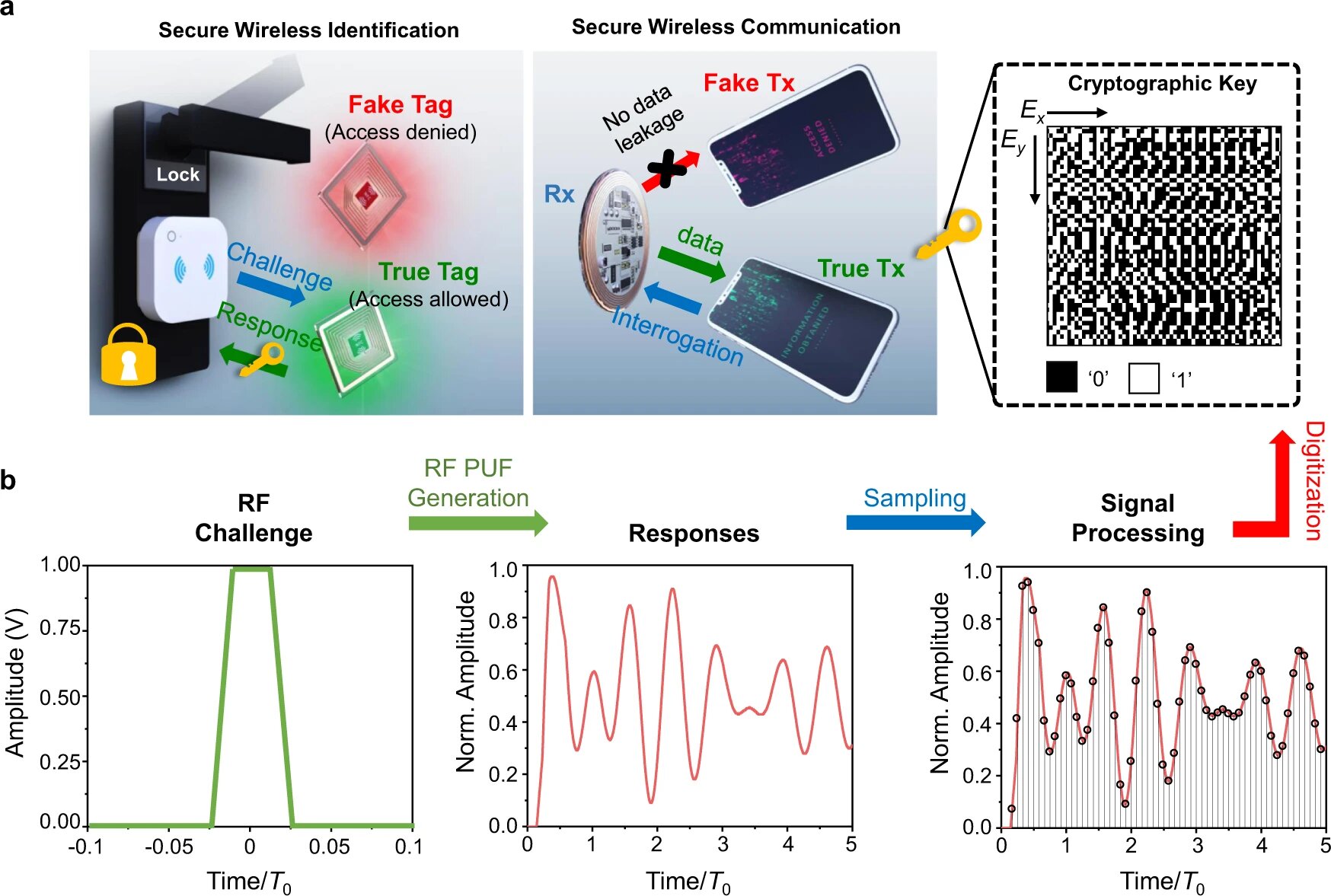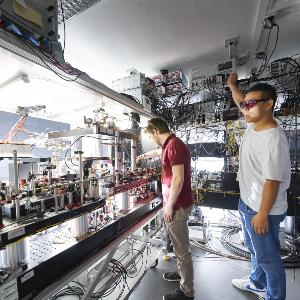
A new advancement in theoretical physics could, one day, help engineers develop new kinds of computer chips that might store information for longer in very small objects.
Add a dash of creamer to your morning coffee, and clouds of white liquid will swirl around your cup. But give it a few seconds, and those swirls will disappear, leaving you with an ordinary mug of brown liquid.
Something similar happens in quantum computer chips — devices that tap into the strange properties of the universe at its smallest scales — where information can quickly jumble up, limiting the memory capabilities of these tools.
That doesn’t have to be the case, said Rahul Nandkishore, associate professor of physics at the University of Colorado Boulder.
In a new coup for theoretical physics, he a...
Read More









Recent Comments